Employer Pension Contributions are payments that, by law, must be made into an organisation’s workplace pension scheme for the benefit of eligible employees.
These contributions are mandated under the government’s automatic enrolment rules as a way of helping employees build savings for retirement.
What are employer pension contributions?
Employer pension contributions are usually calculated as a percentage of an employee’s qualifying earnings. For most employers, the minimum total contribution is 8%, with at least 3% coming from the employer.
However, many businesses choose to contribute more as part of a competitive benefits package to attract and retain staff.
Why are they important?
Despite being a legal requirement, employer pension contributions aren’t just an expense. They play an important role in employee attraction, retention and satisfaction, and boost’s a business’s reputation as an ethical, supportive employer.
Candidates don’t just look at salary when deciding if they are being offered a good remuneration package.
When set up and managed appropriately, employer pension contributions can be a cost-effective tool for workforce stability and even provide tax advantages.
Financial incentives to employers
Employer pension contributions don’t just benefit the employees; from the employer’s side, there are also financial incentives.
- Contributions reduce taxable profits and help manage National Insurance costs
- They allow businesses to offer better benefits without necessarily increasing gross payroll costs
Of course, there is the compliance angle. If you’re not contributing correctly, The Pensions Regulator (TPR) can fine or even prosecute you.
What is auto enrolment?
Automatic enrolment was introduced in 2012 to tackle the UK’s pension savings gap. It means as soon as an employee is eligible (aged between 22 and state pension age and earning over £10,000 a year), they must be enrolled into a pension scheme. Opting out is allowed, but it requires action from the employee and cannot be influenced by the employer.
Even if you have just one employee, auto-enrolment rules still apply, and you must register with The Pensions Regulator.
Employer pension legal obligations
Employers must follow strict rules to ensure they remain compliant with the UK’s pension laws:
- Assess their workforce every pay period to determine who is eligible.
- Automatically enrol eligible employees into a qualifying scheme.
- Pay at least the minimum required contributions.
- Communicate with employees about their rights and contributions.
- Submit a declaration of compliance to The Pensions Regulator.
- Re-enrol eligible employees every three years if they previously opted out.
- Maintain records of contributions, opt-outs, opt-ins, and scheme membership. These records must be kept for at least six years and should be readily accessible in case of an audit.
Non-compliance may result in escalating penalties, including fixed and recurring fines.
Minimum pension contributions for employers and employees
As of 2025, the current minimum contribution rate under auto-enrolment is:
- Employer: 3% of qualifying earnings
- Employee: 5% of qualifying earnings (including tax relief)
- Total Minimum: 8%
What are qualifying earnings for pension contributions?
Qualifying earnings are calculated on income between £6,240 and £50,270 (2025/26 tax year). However, some schemes use different earnings definitions.
When do contributions need to be paid?
Employer pension contributions must be paid by the 22nd of the month following the payroll date if submitted electronically. If they are submitted by cheque, this is the 19th. Late payments can not only attract fines but can also erode employee trust.
What is a Defined Contribution pension?
In the UK, there are two primary types of workplace pension.
The most common pension, DC schemes mean both the employer and employee contribute a percentage of their earnings into a pension pot. This pot is invested, and the employee’s retirement income is based on the pot’s total value at retirement. The cost predictability of these schemes makes them the preferred option for most businesses.
Defined Benefit pension
Defined Benefit pensions are sometimes called “final salary” pensions, and are more generous while being more expensive, promising a fixed annual income based on the employee’s salary and years of service.
What is a NEST pension?
A NEST pension (National Employment Savings Trust) is a government-backed workplace pension scheme tailored to auto enrolment. It makes compliance easier by automatically enrolling eligible employees into the pension plan.
NEST is a low-cost and relatively simple solution with no setup or ongoing fees for employers, making it ideal for small businesses. The scheme also offers a range of investment options.
How can businesses manage employer pension contributions
Employer pension schemes must be planned carefully and should never be rushed. It is important that you fully understand your business’s financial position, compliance and workforce needs. NEST provides a great starting pint, but private pension providers can offer additional benefits, including reduced admin burdens.
Top tips for employer pensions
- Choose a good provider with the right fee structures, service levels and investment options.
- Enrol all eligible employees and assess this regularly
- Make sure your payroll software is integrated with your pension provider to automate processes
- Clearly explain how the pension works with employees
- Encourage employee participation, including voluntary contributions to boost retirement savings
Salary sacrifice and employer pension contributions
Salary sacrifice is a tax-efficient plan where employees can agree to reduce their gross salary in exchange for non-cash benefits, which include pension contributions.
- For the company, it reduces National Insurance (NI) and payroll costs because employer NI contributions are based on salary.
- For employees, salary sacrifice increases their pension contributions without affecting their take-home pay, as the sacrifice is made before tax and NI. This boosts their retirement savings while reducing their taxable income.

.png)


.png)

.png)
.png)

.png)
.png)
.png)













.png)
.png)
.png)

.png)
.png)

.png)


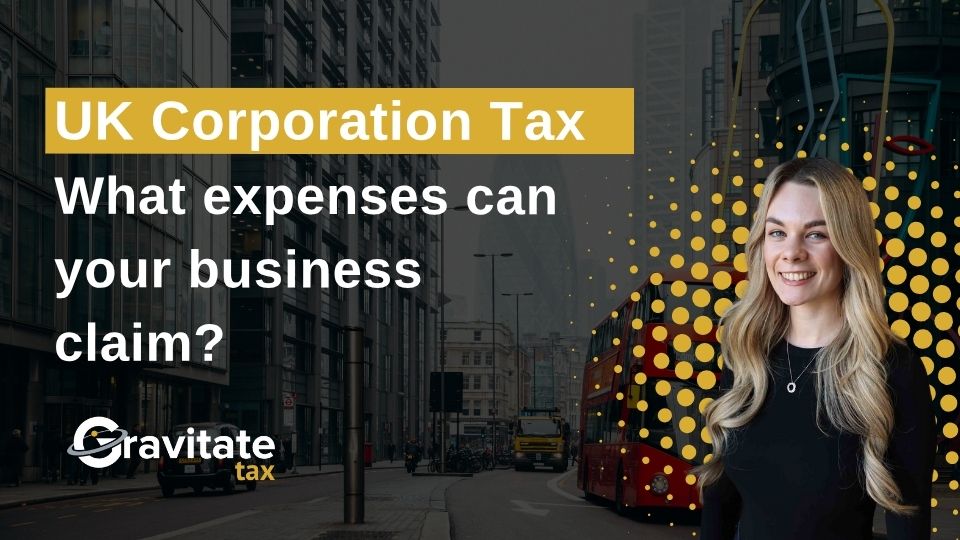
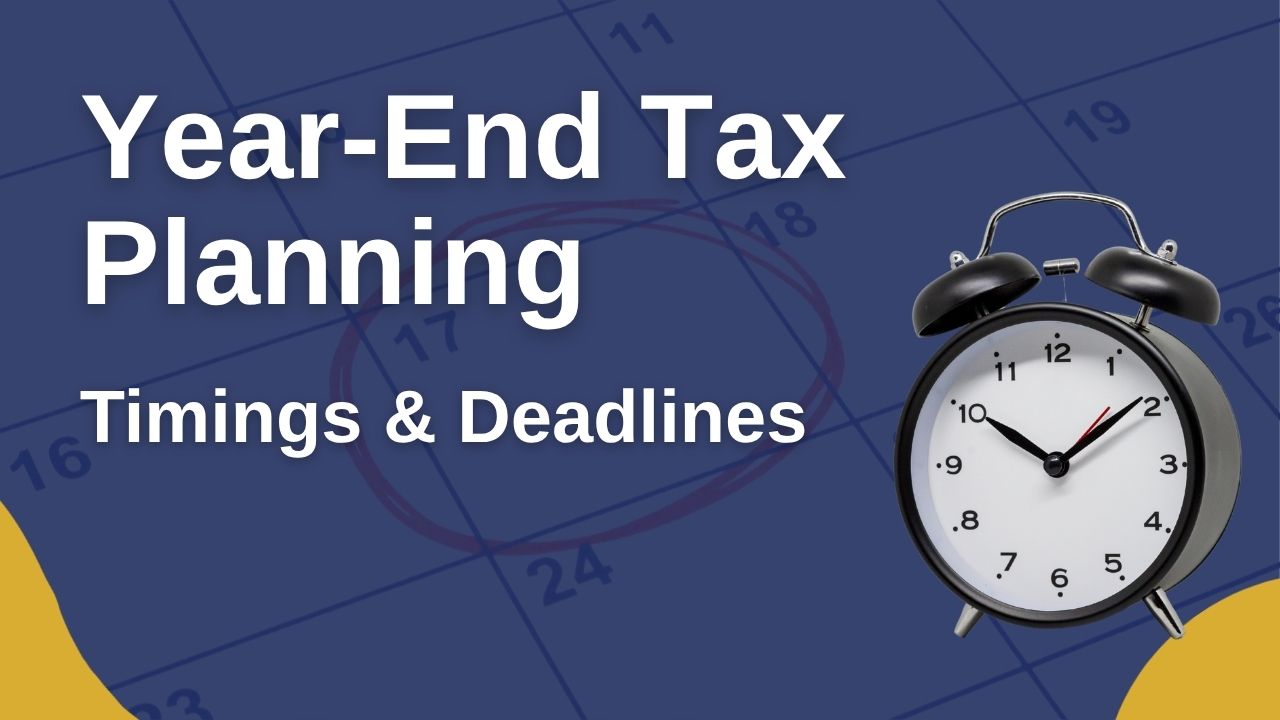
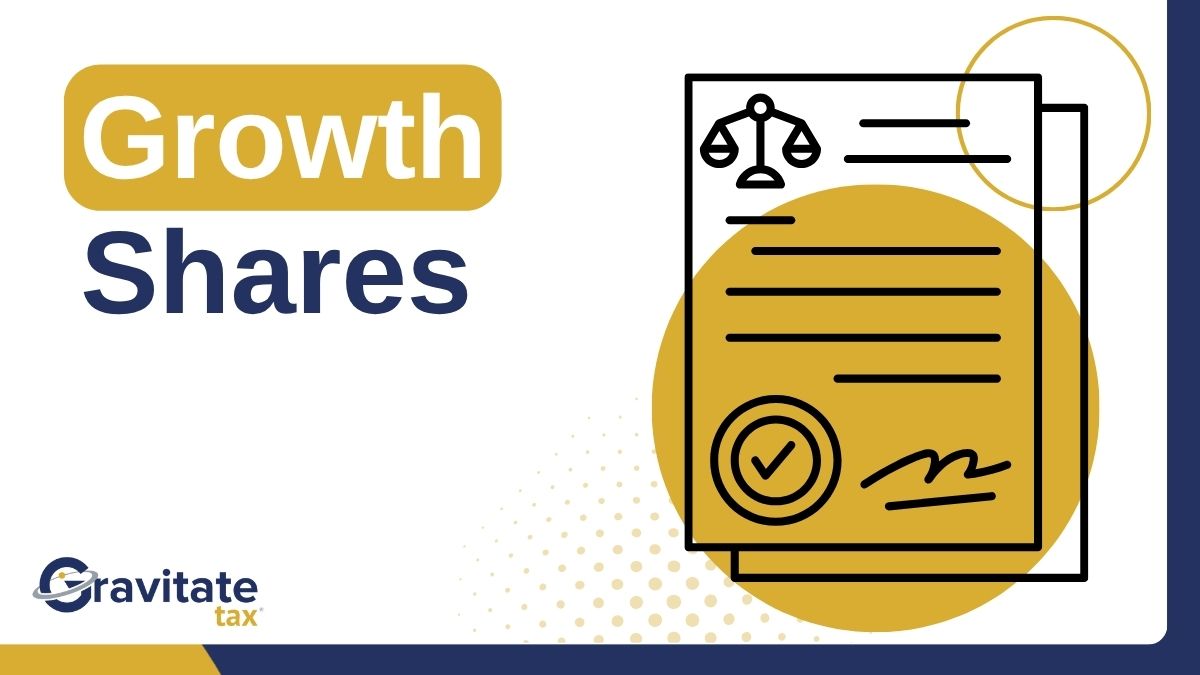
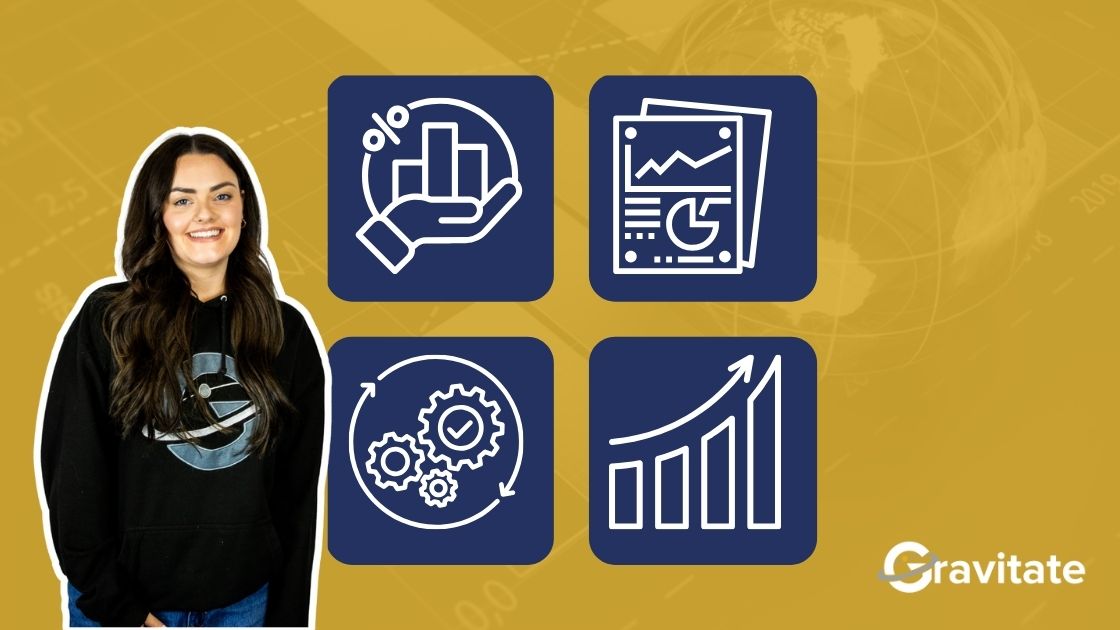

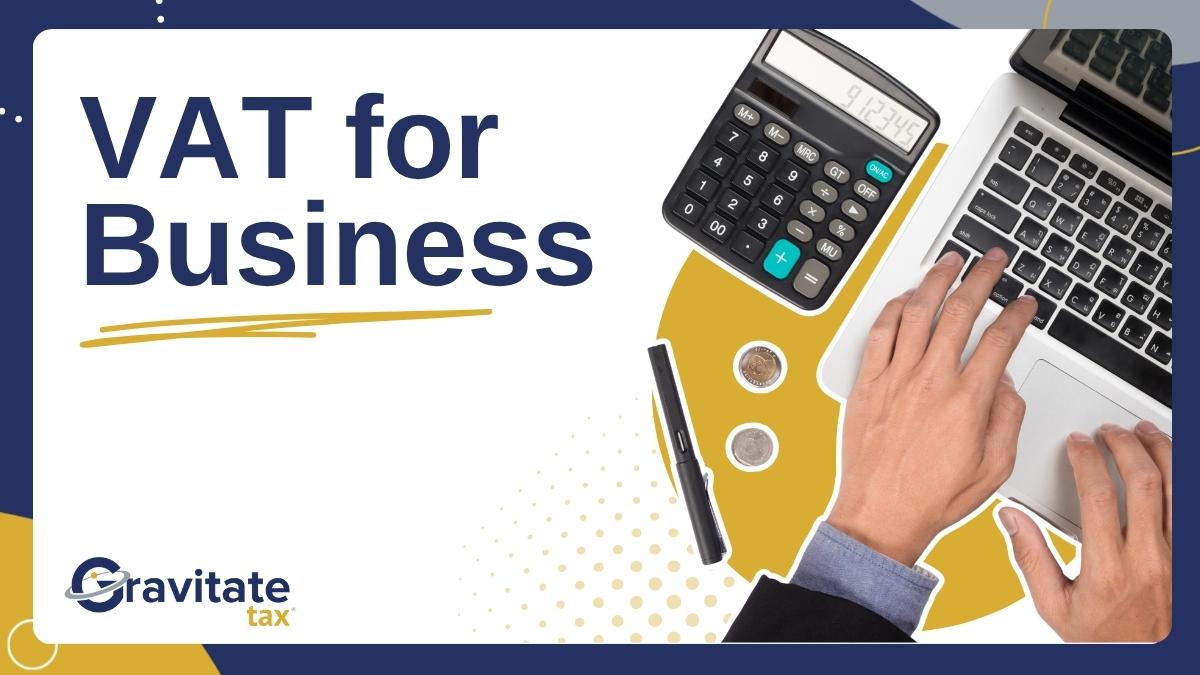







.jpg)

.webp)
.png)

.svg)
